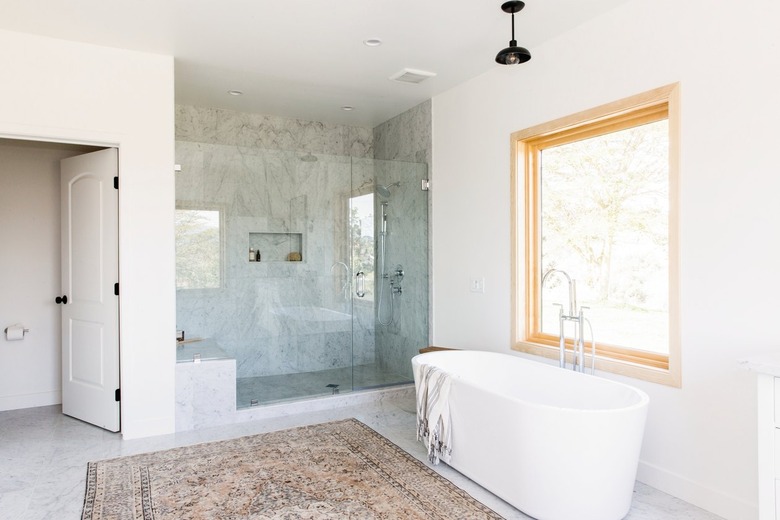How To Wire A Bathroom Fan And Light Independently
Conserving electricity is important – both for your bank account and for the planet. And one easy way to waste electricity is by having a bathroom fan and light that do not work independently. Sure, the fan is great to have on during a shower, but it's unnecessary when brushing your teeth. By wiring the two separately, you can control each independently, resulting in a more efficient bathroom.
How to Wire Your Bathroom Circuits Independently
How to Wire Your Bathroom Circuits Independently
Because fans can be noisy or disruptive — or sometimes just simply unnecessary — it can be a good idea to be able to operate it separately from the light. Here's how to wire your bathroom circuits indepdently:
1.Turn off the Power to Your Fan and Light
First, you'll need to turn off the circuit that delivers power to your fan and light. Take the switch out of the wall box and check again that the power is truly off. This is an important safety step, and not being careful can risk electric shocks.
2. Remove the Bathroom Fan
Next, remove the wires and track which are going into the fan section. Then, remove the lens and light bulb. Once your fan is free, position it so that you can easily access the connection box.
3. Separate the Wires
Inside the box, you'll need to separate the wires to see which feed the fan and which feed the light. Connect the white wires, the ground wires, the black wires and the red wires together. You have essentially created two separate circuits within the connection box.
4. Reconnect Everything
Cover your new joins with electrical tape and put them gently back into the connection box. Close the connection box back up, and test your new independently wired light and exhaust fan.
Safety Tips For Wiring Bathroom Circuits
Safety Tips For Wiring Bathroom Circuits
Before you start any wiring work in your bathroom, understand and employ the following safety tips:
- Having a ground fault circuit interrupter installed in your bathroom circuit is the best way to minimize risk of electrocution.
- Extractor fans in general also help with the safety of bathroom circuits by mitigating moisture build up from steam.
- Another essential safety tip is using splash proof switches on all bathroom devices, which allows you to safely turn things on and off with damp hands.
- If you're concerned about the safety of your bathroom circuits, it could be best to consult an electrician to check them over.
